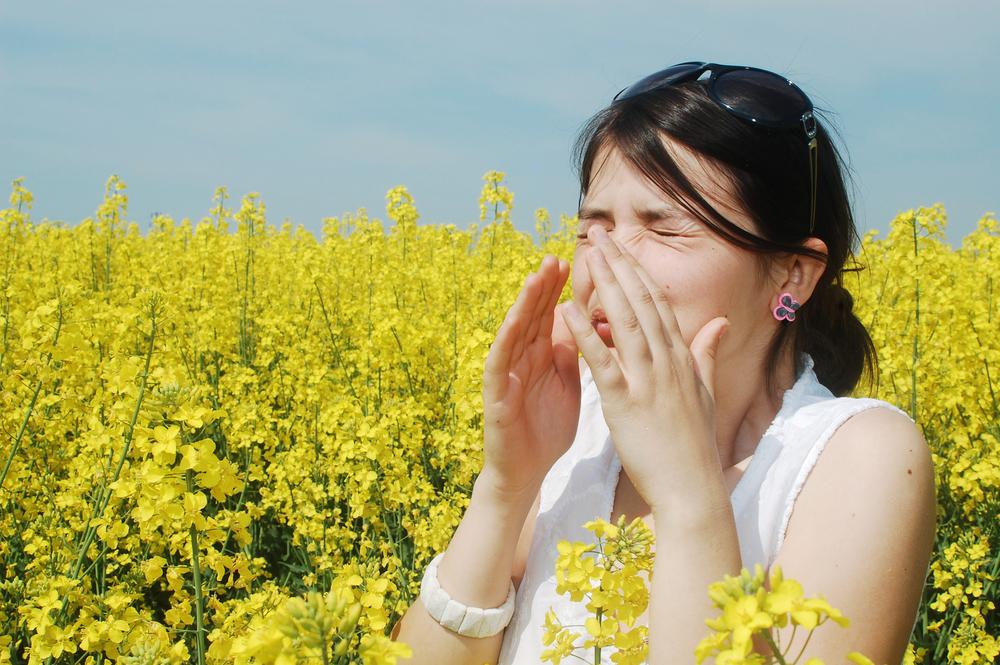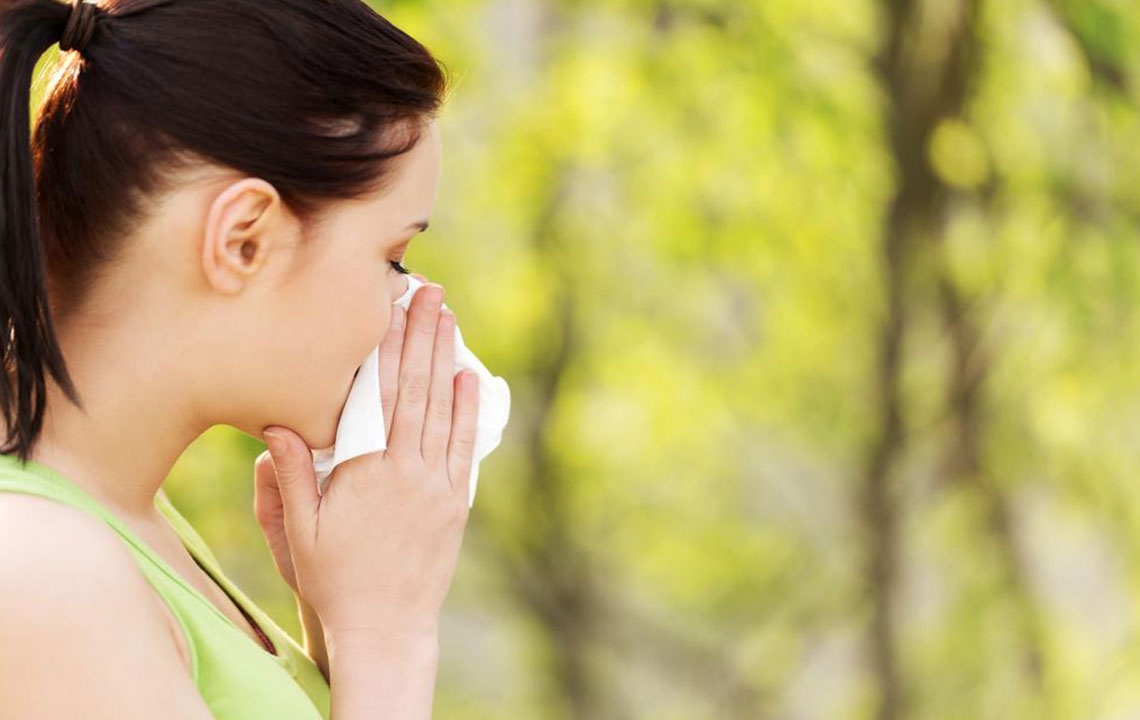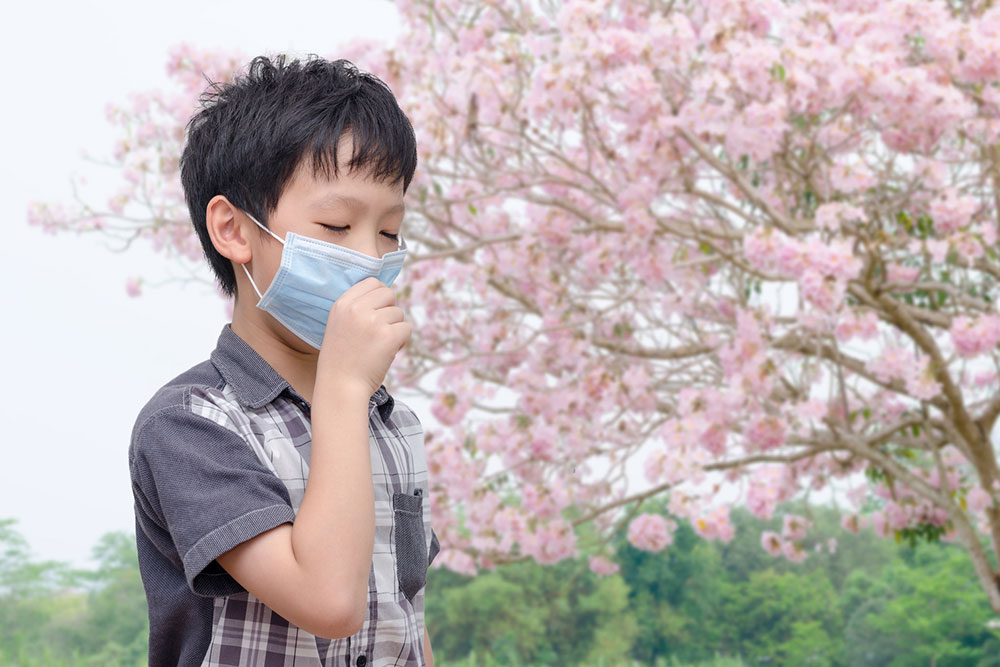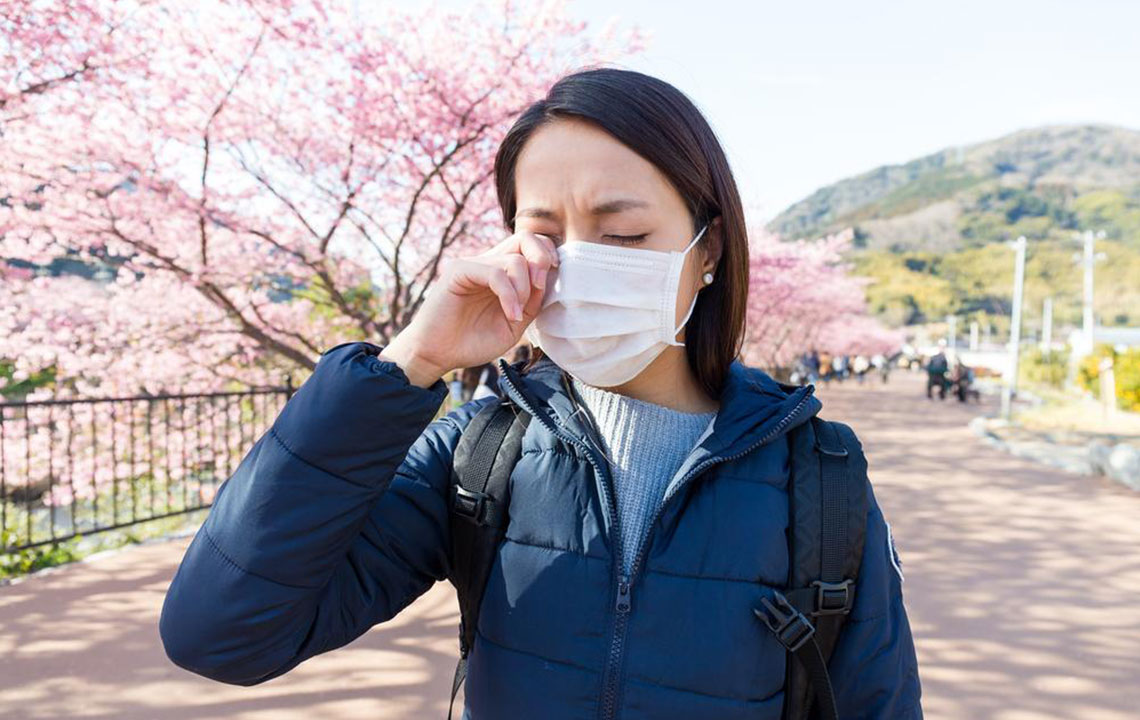Comprehensive Guide to Recognizing Symptoms of Pollen Allergies and Effective Management Strategies
This in-depth guide explores the key symptoms of pollen allergies, their causes, and practical management strategies. It highlights how common symptoms like sneezing, itchy eyes, and nasal congestion affect millions worldwide, especially during peak pollen seasons. The article provides useful tips for prevention, treatment options, and when to seek medical help, offering valuable insights for allergy sufferers seeking relief and improved quality of life.
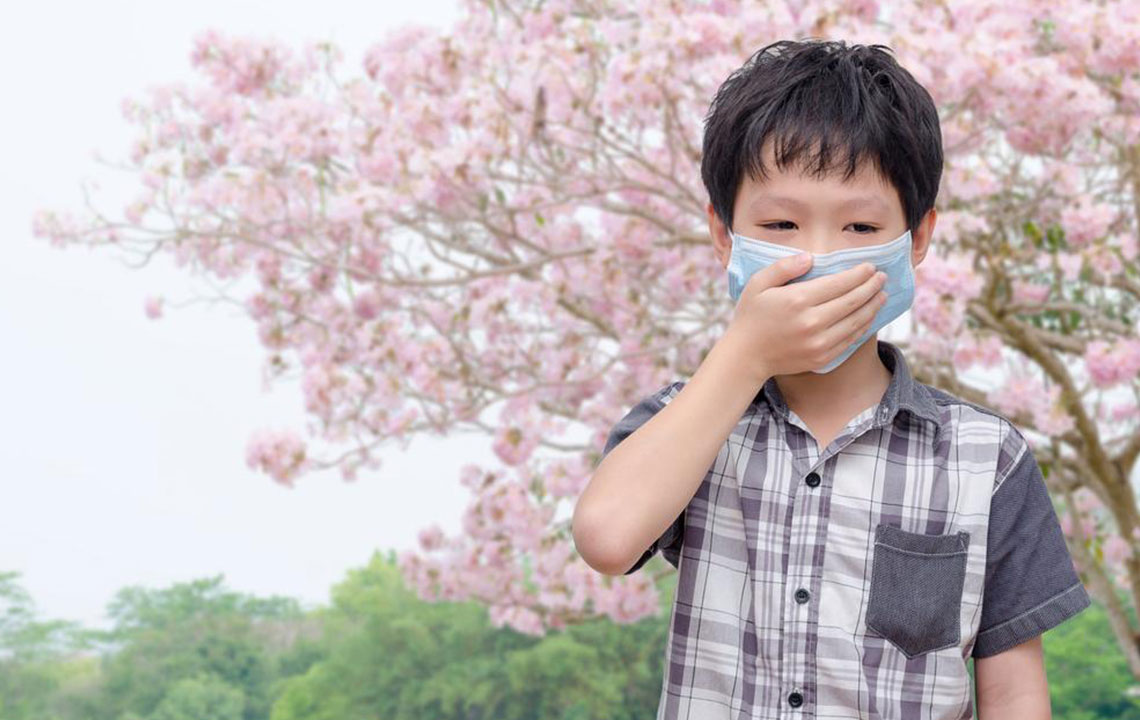
Understanding Pollen Allergies: Symptoms and Preventive Measures
Pollen allergies, commonly known as hay fever or allergic rhinitis, are among the most prevalent seasonal health conditions affecting millions worldwide. These allergies are caused by the immune system's hypersensitive response to pollen particles released by various plants, including grasses, trees, and weeds such as cedar, oak, and ragweed. According to recent epidemiological studies, approximately 30% of adults and up to 40% of children experience symptoms related to pollen allergies at some point during their lives. These allergic reactions tend to become more prominent during specific times of the year, notably spring and fall, when pollen counts reach their peak levels. While some individuals may experience symptoms only during these seasons, others may have year-round issues if exposed to certain environmental conditions. Although the allergic response often begins in childhood, it can develop later in life or diminish with age, influenced by environmental factors and individual immune system changes.
The hallmark symptoms of pollen allergy are diverse yet recognizable across different individuals. Common signs include frequent and uncontrollable sneezing, which tends to be persistent and most noticeable in the mornings when pollen counts are usually highest. A runny nose (rhinorrhea) accompanied by nasal congestion is typical, causing discomfort and difficulty in breathing through the nose. Itching in the eyes, coupled with redness and watering, is characteristic, sometimes accompanied by the presence of yellowish crusts on the eyelids upon waking, indicative of underlying conjunctivitis. Coughing frequently occurs due to postnasal drip, where excess mucus from the sinuses drips down the throat, provoking irritation and cough reflex. Additionally, individuals often report symptoms such as headache, sinus pressure, and a feeling of tightness around the face, especially in the cheeks and forehead. For those with pre-existing respiratory conditions like asthma, symptoms may intensify, leading to increased wheezing, shortness of breath, and chest tightness. Managing these symptoms involves implementing preventive strategies such as keeping windows and doors closed during peak pollen seasons, avoiding outdoor activities during high pollen days, and using appropriate medications including antihistamines, decongestants, and nasal sprays. In cases where symptoms are persistent or severe, seeking medical advice is essential to determine suitable treatment options and to rule out other underlying health issues.
